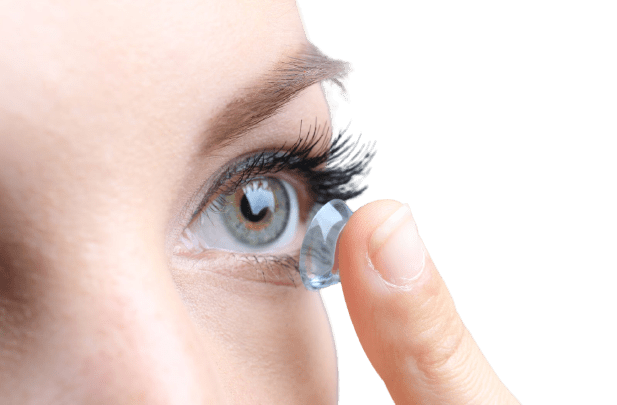Myopia Management
The condition may present as blurred distance vision, eye rubbing and squeezing of the eyes. School myopia commences around 5-15 years of age and tends to stabilize in the late teens and is mainly thought to be idiopathic. High myopia may be associated with myopic macular degeneration, cataract, glaucoma, peripheral retinal changes (such as lattice degeneration, retinal holes and tears) and retinal detachment. There is also a higher incidence of blinding retinal complications due to choroidal neovascular membranes, not to mention the impaired quality of life.
Studies and experts agree that the most common reasons children develop myopia is:
- wearing glasses that are too strong or too weak
- minimal or lack of exposure to the outdoors
- excessive close up work and play related to smart phones and tablets
- children whose parents are nearsighted
- children of Asian descent
Orthokeratology
Orthokeratology is a revolutionary way to gently reshape the front surface of the eye, resulting in clearer vision. As it involves an actual therapeutic process, numerous studies suggest this treatment is effective in slowing the progression of myopia in children. This vision shaping treatment often involves the wearing of a specialized mold custom-made to the patient’s eye specifications. These molds are worn while your kids sleep, gently reshaping their cornea.
On the other hand Orthokeratology is also used in other refractive errors (primarily nearsightedness, but also astigmatism and hyperopia). In some cases, ortho-k also is used to correct presbyopia.
